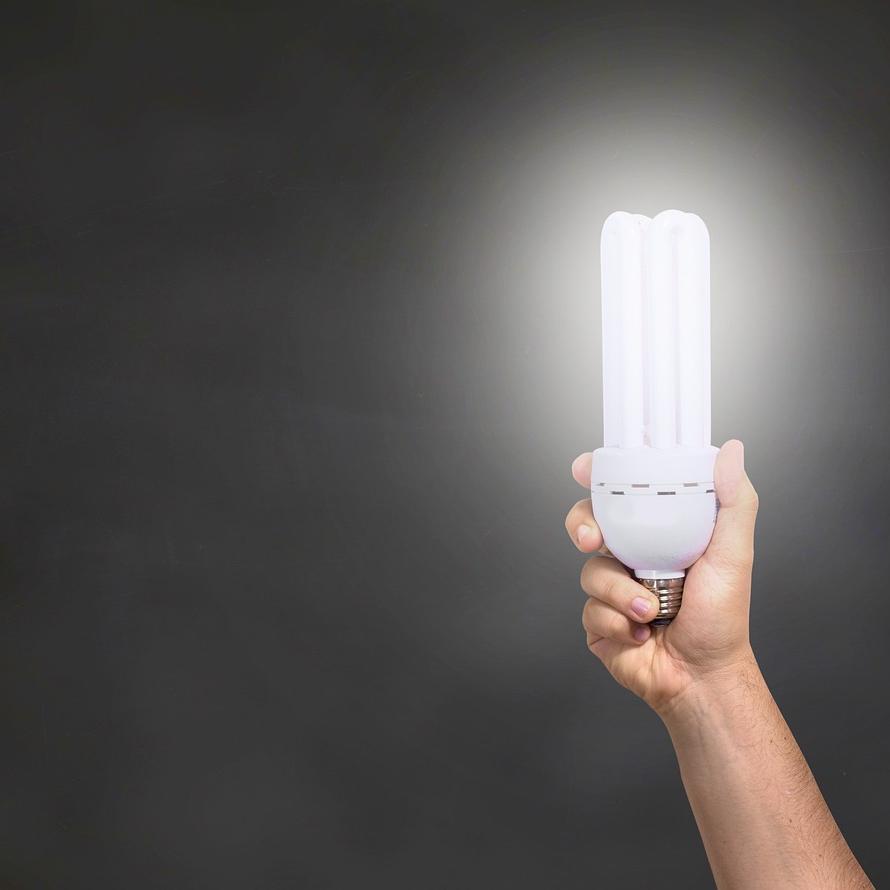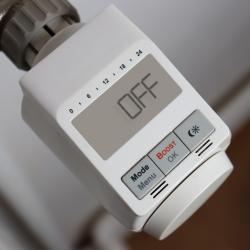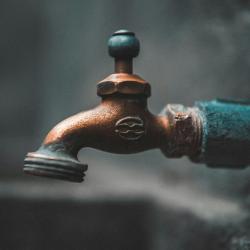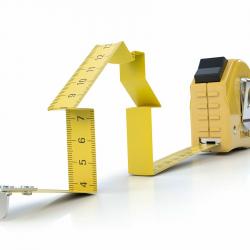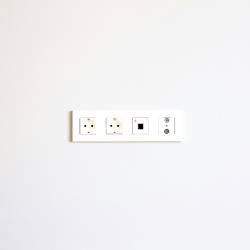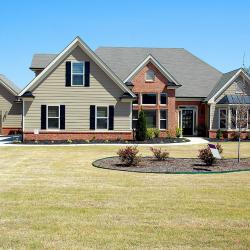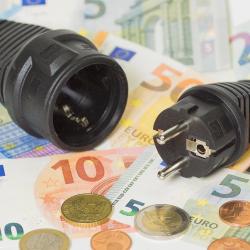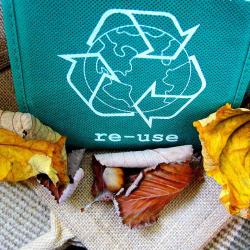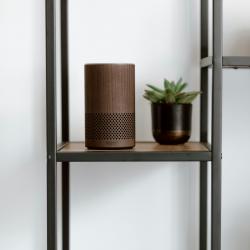Eco-Friendly Home Improvements That Save You Money
The emphasis on environmental sustainability has become more prominent, and as a result, many homeowners are seeking ways to reduce their ecological footprint. Not only are eco-friendly home improvements beneficial to the planet, but they can also lead to significant financial savings. Here's a look at some practical and effective eco-friendly home improvements that you can consider to save both the environment and your wallet.
1. Energy-Efficient Appliances
Replacing old appliances with energy-efficient models is one of the easiest ways to reduce your home's energy consumption. Look for appliances with the ENERGY STAR label, which indicates they meet or exceed energy efficiency guidelines established by the U.S. Environmental Protection Agency. By using less energy, these appliances help reduce your utility bills and lower greenhouse gas emissions.
2. LED Lighting
Lighting accounts for a significant portion of an average household's energy consumption. Swapping out traditional incandescent bulbs with LED lighting can lead to substantial energy savings. LED bulbs use up to 80% less energy and can last 25 times longer than traditional bulbs. While the upfront cost is higher, the long-term savings on replacement and energy make it a worthwhile investment.
3. Solar Panels
Harnessing solar energy is a powerful way to reduce reliance on fossil fuels and decrease annual electricity costs. While the initial investment in solar panels can be substantial, many governments offer tax credits and incentives that can reduce the overall cost. Over time, solar panels can pay for themselves and provide clean, renewable energy for decades.
4. Insulation and Sealing
Proper insulation and sealing can significantly cut down on heating and cooling costs. By preventing air leaks, you can maintain a consistent temperature inside your home, ultimately reducing the workload on your heating and cooling systems. Consider adding insulation to your attic, walls, and basement, and sealing gaps around windows and doors for optimal efficiency.
5. Low-Flow Fixtures
Water conservation is another critical aspect of an eco-friendly home. Installing low-flow fixtures, such as showerheads and faucets, can greatly reduce water usage without sacrificing performance. This not only lowers your water bills but also conserves a vital natural resource.
6. Smart Thermostats
Smart thermostats are an excellent way to make your home's heating and cooling more efficient. These devices learn your schedule and temperature preferences and adjust accordingly to optimize energy usage. Many smart thermostats can be controlled remotely via smartphone apps, allowing you to reduce energy use even when you're not home.
7. Rainwater Harvesting
Consider installing a rainwater harvesting system to make use of free natural resources. Collected rainwater can be used for various non-potable applications such as irrigation, toilet flushing, and washing cars. This practice not only reduces your water bill but also conserves municipal water supplies.
8. Sustainable Landscaping
Eco-friendly landscaping involves using native plants that require less water, fertilizer, and maintenance. Incorporating rain gardens, permeable pavers, and mulching can maximize water retention and reduce runoff. Sustainable landscaping not only lowers water and maintenance costs but also supports local ecosystems.
Conclusion
Adopting eco-friendly home improvements is not just about reducing your environmental impact—it's also about making smart financial decisions. Many of these upgrades can significantly cut down on utility bills, provide greater energy independence, and enhance the overall value of your home. As we continue to prioritize sustainability, these eco-friendly enhancements will play an essential role in preserving our environment and saving money in the long run. Embrace the green revolution and consider implementing some of these measures in your home today.
